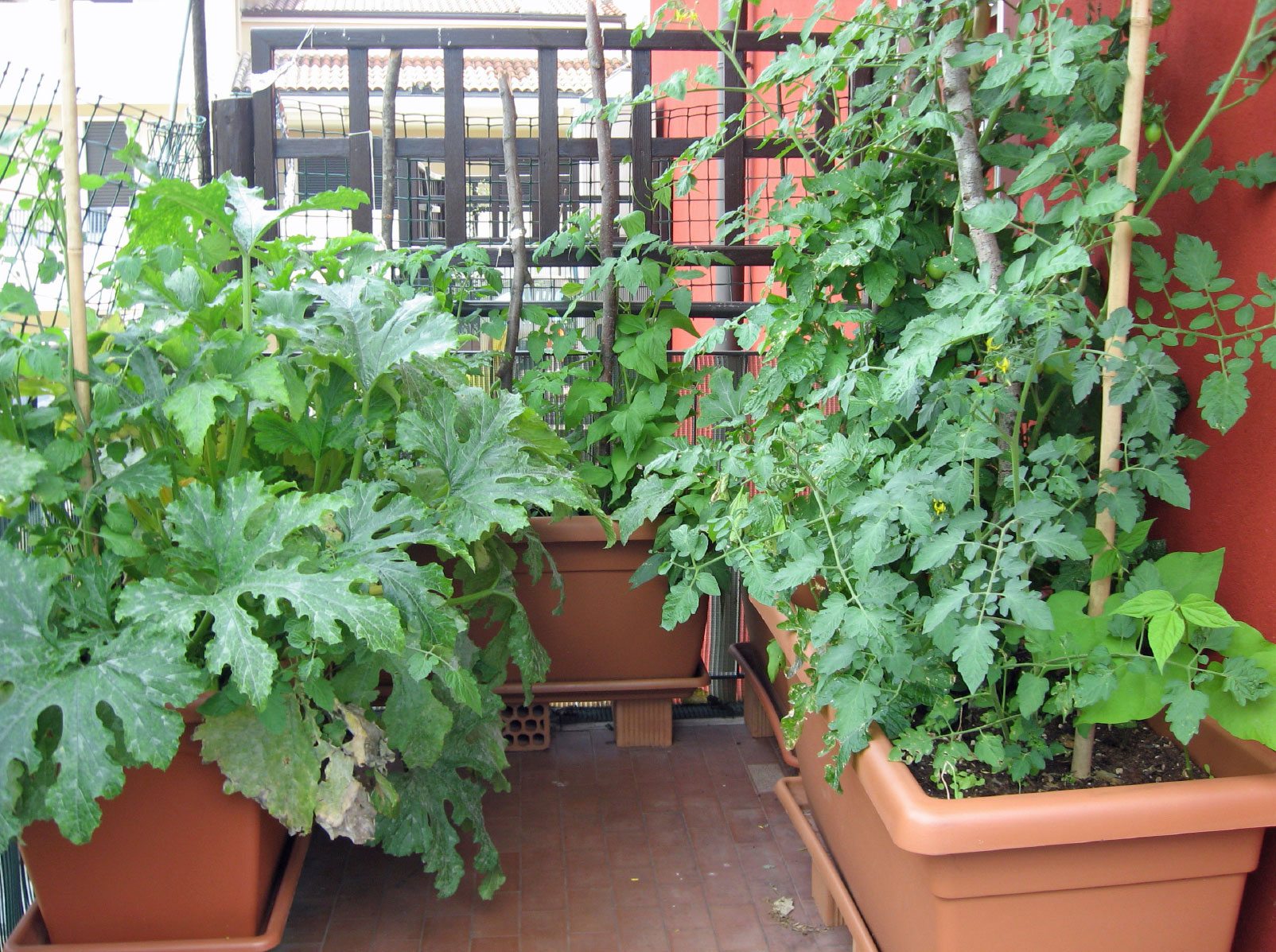City Blooming - Questions
Table of ContentsThe smart Trick of City Blooming That Nobody is Talking AboutExamine This Report about City BloomingThe Best Strategy To Use For City BloomingTop Guidelines Of City BloomingSome Ideas on City Blooming You Need To Know
Fascinated in expanding food available for sale in the City of Chicago? Considering starting an area yard? Modifications to the Chicago Zoning Statute enable agricultural uses like community yards and city ranches in numerous components of the city. Below is a listing of frequently asked concerns concerning the regulations and guidelines that cultivators ought to consider when intending an urban farming project.
The zoning modification does not modify any type of various other codes handling composting, structure permits, buying or renting City owned property, business licenses or environmental contamination. There are existing codes that manage these concerns and they remain in complete result and might be appropriate to your task. Area gardens are commonly had or handled by public entities, public companies or community-based organizations and preserved by volunteers.
Urban ranches expand food that is intended to be offered, either on a nonprofit or for-profit basis. As a result of their commercial purpose, urban farms need a service certificate. Yes. An area yard is enabled to offer surplus produce that was expanded on website if the sales are accessory or secondary to the yard's key purpose described above.
All about City Blooming
Composting is enabled but just for plant product that is produced and used on site. The quantity of garden compost material can not go beyond 25 cubic backyards at any type of given time according to the standards in 7-28-715 of the City's Municipal Code. Yes. Due to the fact that the soil at the majority of brand-new garden sites needs amending, garden compost, soil, timber chips, or other materials can be gotten to build or boost the expanding space - container and raised bed gardening etc..

If a structure authorization is needed after that the hoophouse will be thought about an accessory structure. You can discover even more concerning the structure permit requirements by getting in touch with the Department of Structures. The 25,000-square-foot size limitation is intended to avoid a solitary community yard from dominating an offered block or diminishing the block's existing residential or business personality.
The limit does not use to gardens situated in Public Open Room (POS) districts. Can there be more than one area garden that is 25,000 square feet on a solitary block? Secure fencing is not needed, nonetheless, gardens that have big auto parking locations may be required to set up fence or various other landscaping features.
Our City Blooming PDFs
B1 & B2 districts call for that all business use activities be conducted inside. Is fencing needed for metropolitan farms? Fences might be required, along with landscaping and testing, for specific parking areas and exterior work or storage locations depending on place and the specific activity taking location.
Yes. Urban ranches require building licenses and zoning authorizations prior to building. Other forms of city review may be required depending on details frameworks, tasks, size, landscape design, licensing, public health and stormwater management issues. Most of these demands are determined in the project layout or allowing process, however, the candidate may be liable to separately determine specific licenses or allows that may be called for.
Yes. The type of permit is established by what is occurring at the site. The Department of Service Affairs and Consumer Protection can assist determine the details sort of service license that's called for. Yes. Off road auto parking is required for the majority of commercial tasks in Chicago. The needed variety of garage is based on the number of workers servicing site and not the square footage of the expanding room.
8 Easy Facts About City Blooming Explained

Yes. A metropolitan visit this website farm can offer compost material created on site, nonetheless, the operation should adhere to the regulations in 7-28-715 of the Chicago Municipal Code. Yes. Aquaponic systems are enabled inside on urban farms in lots of zoning areas. However, a zoning evaluation and building license is required in order to install structures or systems and a service certificate is called for as defined above.
Approximately 5 hives or nests of honey bees may be kept as an accessory usage. Nonetheless, beekeepers must sign up with the Illinois Division of Agriculture. For more details concerning the suggested zoning change you may get in touch with the Division of Real Estate and Economic Development, Bureau of Planning and Zoning at 312.744.8563.
Farming in cities and urban locations An urban ranch in Chicago. Urban agriculture describes numerous techniques of cultivating. https://www.provenexpert.com/city-blooming/, handling, and dispersing food in metropolitan areas. The term likewise relates to the area activities of animal husbandry, tank farming, beekeeping, and horticulture in a metropolitan context. Urban agriculture is distinguished from peri-urban agriculture, which takes location in rural locations beside suburbs.
Things about City Blooming
, that seek to form social networks established on a common ethos of nature and area holism. These networks can develop by method of official institutional support, coming to be integrated into neighborhood town preparation as a "change town" motion for lasting urban advancement.
The a lot more straight access to fresh veggie, fruit, and meat items that might be become aware with metropolitan farming can enhance food protection and food safety while decreasing food miles, leading to lower greenhouse gas exhausts, therefore adding to climate change mitigation. Several of the first evidence of city farming originates from Mesopotamia.